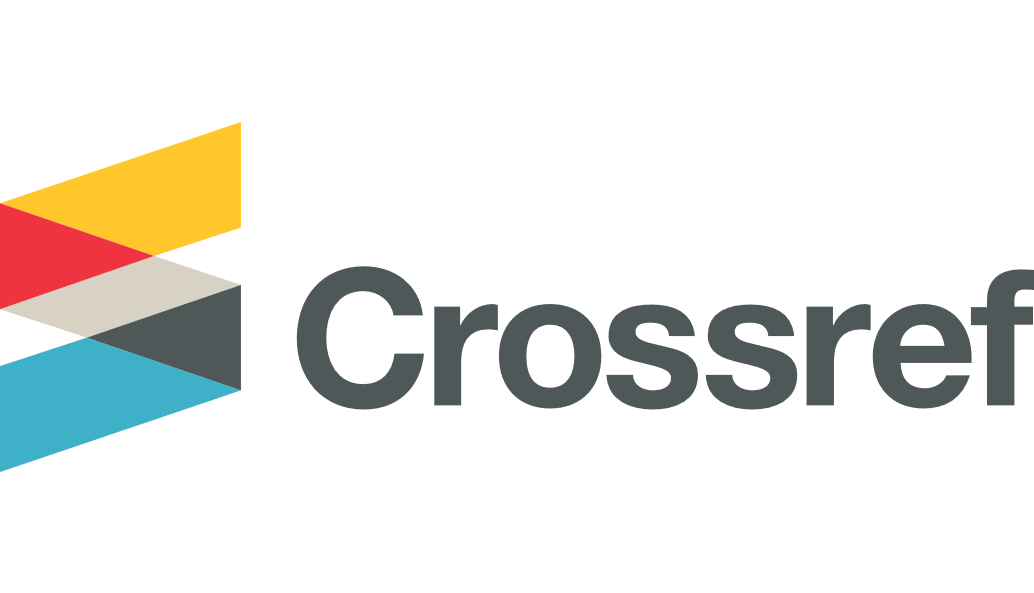Keywords
access to care, family medicine, utilization of health services
Disciplines
Family Medicine | Medical Education | Medicine and Health Sciences
Abstract
Introduction
Telemedicine has been used for over a generation, but application has been limited in rural areas due to lack of payment, licensure issues, cumbersome video equipment, and challenges with digital communications. Early in the COVID-19 pandemic, our rural family medicine residency made a rapid shift to all telemedicine services for our patients.
Methods
We collected data over a four-week period in April 2020 as we transitioned to 100% telemedicine consultations. We compare that to a four-week period prior to mid-March when COVID-related shutdowns began. We collected detailed visit summaries, patient feedback, and physician feedback to compare these two periods.
Results
Early in the pandemic, telemedicine visits increased for those with chronic respiratory and cardiovascular issues, anxiety, and depression. Patient and physician feedback was positive, and time required averaged 12 to 18 minutes.
The cost savings from the 15% of telemedicine patients who would have otherwise sought urgent or emergency care is significant, and almost 45% would have still made an appointment later, further risking exposure and increasing outpatient volume. In this sense, telemedicine could be considered to have “flattened the curve” for potentially overwhelmed outpatient facilities just as mitigation interventions were implemented to do the same for acute inpatient beds.
Conclusion
We share our experience for consideration by those who will implement a similar transition and those who choose to advocate for continuing payment and platform flexibility. We also hope that residency training requirements can adapt to consider a telemedicine visit comparable to one completed in-person.
Recommended Citation
Crump WJ, Nims DM, Hatler DJ.
Mr. Watson, come here-I want to see you: One rural residency program’s rapid pivot to telemedicine during the pandemic.
Marshall J Med.
2021;
7(2): 48
DOI: https://doi.org/10.33470/2379-9536.1314.


